The Harp in the South (Sydney Theatre Company) ★★★★1/2
Australian classics have been surging onto our stages of late: Matthew Lutton and Tom Wright’s acclaimed adaptation of Picnic at Hanging Rock recently enjoyed success in London as well as Australia; Andrew Bovell’s stage version of The Secret River toured the country to critical acclaim; and Leah Purcell’s adaptation of Henry Lawson’s The Drover’s Wife is one of the most lauded Australian playscripts in recent memory. Kate Mulvany’s masterful adaptation of Ruth Park’s The Harp in the South trilogy – whose sprawling two-part, six-and-a-half-hour form is reminiscent of Nick Enright’s stage version of Cloudstreet – stands alongside these productions as an empathetic landmark event in the Australian theatrical canon.
Park’s celebrated trilogy – The Harp in the South (1948), Poor Man’s Orange (1949), and the prequel, Missus (1985) – follows the lives of four generations of the Irish-Catholic Darcy family, who move from rural New South Wales to the slums of Surry Hills in the 1940s, searching for ‘something more’. Over the decades, the residents of Twelve-and-a-Half Plymouth Street struggle to subsist in squalid conditions. They lose friends and family members, witness the suffering of their children, and lose hope. Eventually, developers force them from their homes.
Like the novels, Kate Mulvany’s adaptation is colourful, evocative, and intimate. At the core of Park’s trilogy is a fierce commitment to the inner worlds of working-class women; this is also the driving force of Mulvany’s script. Clearly in love with Park’s characters, Mulvany feels their world deeply and evokes the residents of Plymouth Street with empathy and humour. Of her relationship with the audience Mulvany has remarked that she should ‘make them laugh then break their hearts’. This philosophy is evident in the play’s two-part structure. The first is a joyous fairground ride of brash humour and vaudeville-esque energy; Part Two exposes the pain that pervades the characters’ lives.
Continue reading for only $10 per month. Subscribe and gain full access to Australian Book Review. Already a subscriber? Sign in. If you need assistance, feel free to contact us.



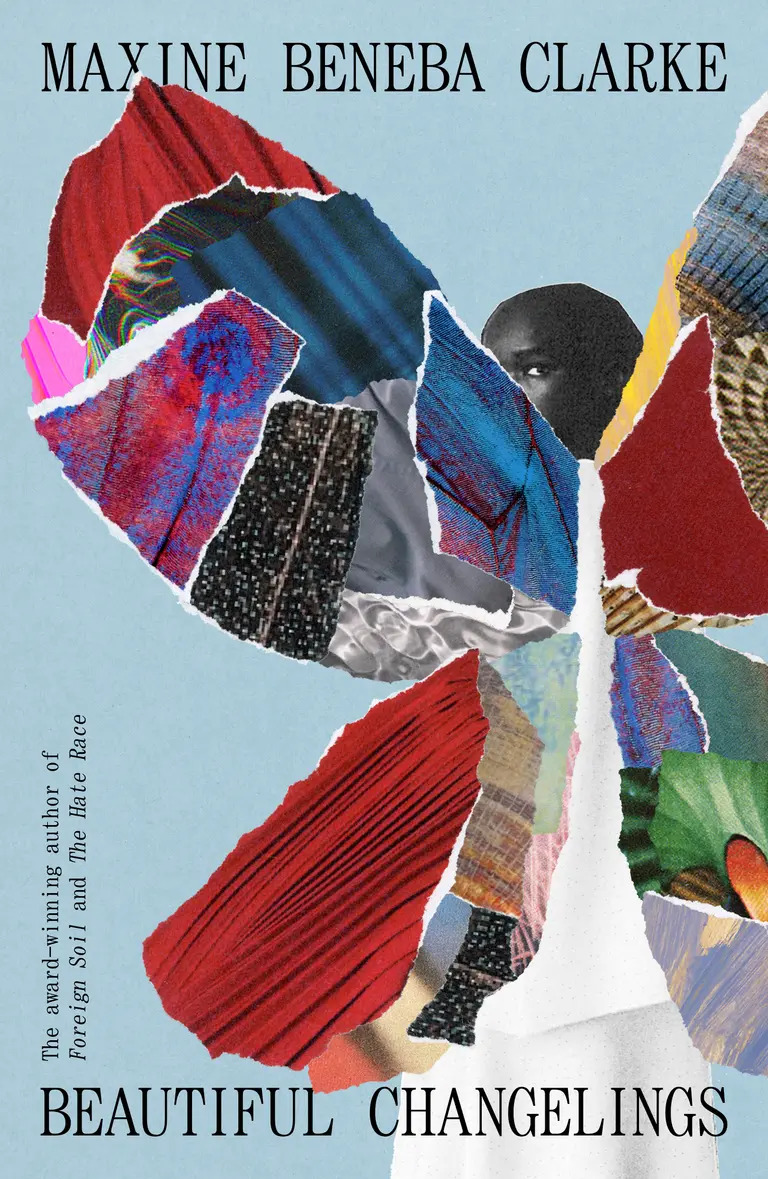
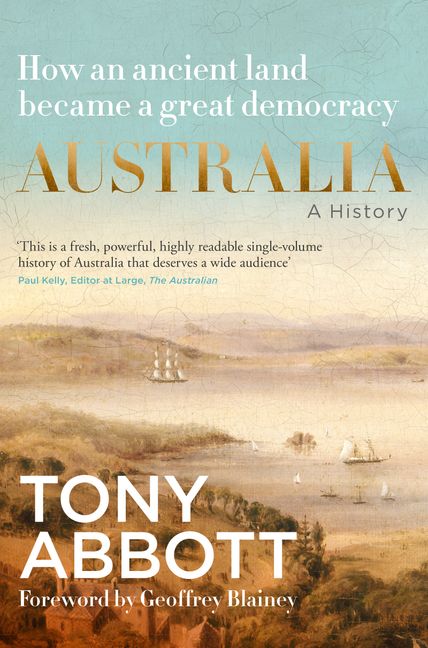
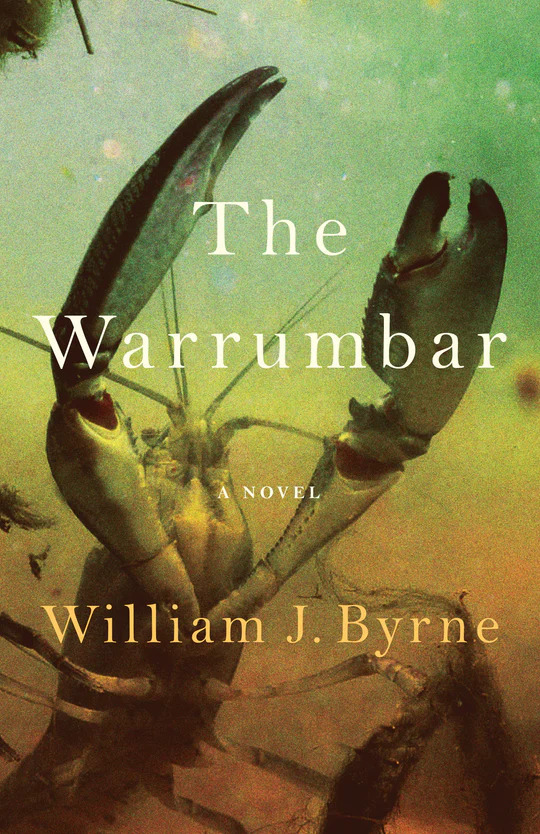
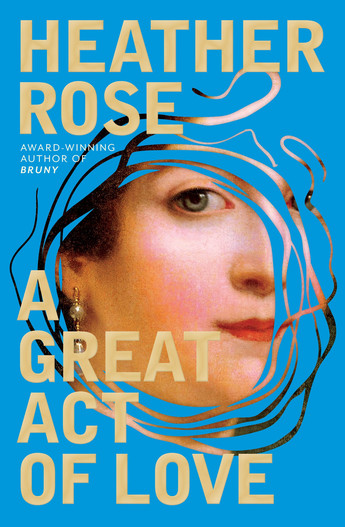
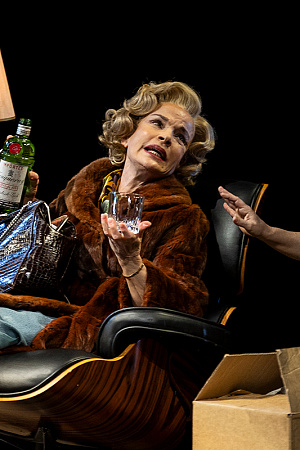
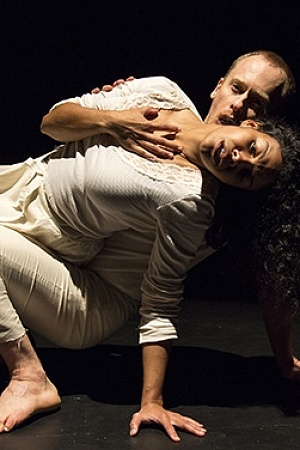

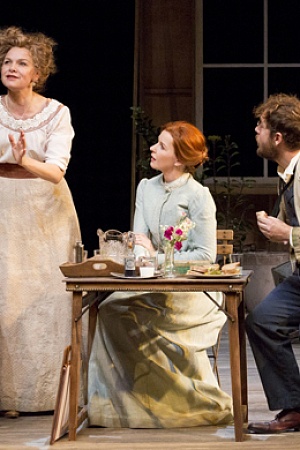
Leave a comment
If you are an ABR subscriber, you will need to sign in to post a comment.
If you have forgotten your sign in details, or if you receive an error message when trying to submit your comment, please email your comment (and the name of the article to which it relates) to ABR Comments. We will review your comment and, subject to approval, we will post it under your name.
Please note that all comments must be approved by ABR and comply with our Terms & Conditions.